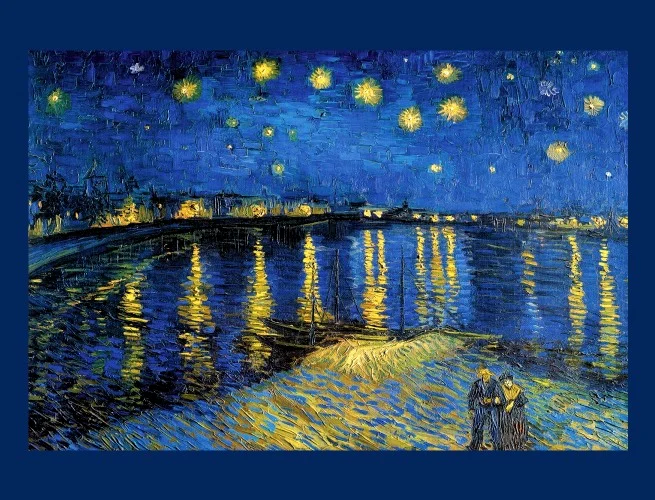Art History, also known as Art Historiography, is the historical study of the visual arts.
Art History is concerned with the identification, classification, description, evaluation, interpretation and understanding of artistic works and the historical development of various forms of expression, such as painting, sculpture, architecture, decorative arts, drawing, engraving, photography, interior design, among others.
What is art?
Human creation with aesthetic values (beauty, balance, harmony, revolt) that synthesise their emotions, their history, their feelings and their culture.
Who makes art?
People create art as a way of life, to let the world know what they think, to make their beliefs (or those of others) known, to stimulate and entertain themselves and others, to explore new ways of looking at and interpreting objects and scenes.
What is style? Why do we call art styles?
Style is how the work looks after the artist has made his choices. Critics and historians often categorise and label them.
How can we see changes in the world through art?
We can see what kind of art was made, when, where and how. In this way we can understand how the world has changed.
What is art history?
Art History is a field of knowledge that studies the visual arts over time, analysing their origins, development, styles, techniques, cultural contexts and meanings. It goes beyond simple aesthetic appreciation: it seeks to understand how works reflect the society, politics, religion, philosophy and values of a period.
It examines productions such as
- Painting
- Sculpture
- Architectural
- Drawing
- Engraving
- Decorative Arts
- Photography
- Design, among others.
Art History also studies artists, their biographies, influences and artistic movements (such as the Renaissance, Baroque, Modernism, etc.), as well as the changes that have taken place in the way art is produced and thought about over the centuries.
In short, it is a discipline that combines art and history, helping us to better understand both the works of art and the historical moments in which they were created.
Art history is divided into the following periods
1. PREHISTORY
- LOWER PALAEOLITHIC
- UPPER PALAEOLITHIC
- NEOLITHIC
- AGE OF METALS
2. ANCIENT
- EGYPTIAN
- GREEK
- ROMAN
- PALEOCHRISTIAN
- BIZANTINE
- ISLAMIC
3. MIDDLE AGE
- ROMAN
- GOTHIC
4. MODERN AGE
- RENAISSANCE
- MANEIRISM
- BAROQUE
- ROCOCO
5. CONTEMPORARY
- NEOCLASSIC
- ROMANTIC
- REALISTIC
- IMPRESSIONISM
- EXPRESSIONISM
- CUBISM
- ABSTRACTIONISM
- FAUVISM
- CONSTRUCTIVISM
- SURREALISM
- DADAISM
- OP ART
- POP ART
- INSTALLATION
- INTERFERENCE
- COBRA
- FUTURISM
- ART NAIF
- METAPHYSICAL PAINTING
1. PREHISTORY
Prehistory is the period of history preceding the invention of writing, from the beginning of recorded history to about 3500 BC.
1.1 LOWER PALEOLITHIC
Up to 25,000 BC.
The main characteristic of Chipped Stone Age drawings is naturalism.
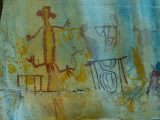
The artist painted creatures, for example an animal, as he saw it from a certain perspective, reproducing nature as he saw it.
This art was practised by hunters who used cave paintings, which were made on rocks and cave walls. The people of this period were nomads.
1.2 UPPER PALAEOLITHIC
Upper Palaeolithic artists also worked in sculpture.
In both painting and sculpture, however, male figures are absent, while female figures predominate. The Venus of Willendorf stands out.
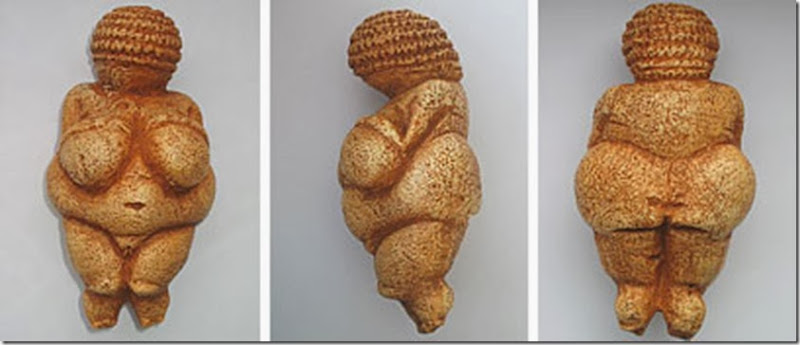
1.3 NEOLITHIC
The Neolithic period lasted from 10,000 BC to about 3,000 BC and was one of the periods of prehistory.
The settlement of sophisticated Stone Age man was ensured by the cultivation of the land and the maintenance of herds.
His power of observation was replaced by abstraction and rationalisation. Representations of collective life began.
The Stonehenge Sanctuary in the south of England is the first piece of architecture recorded in history.
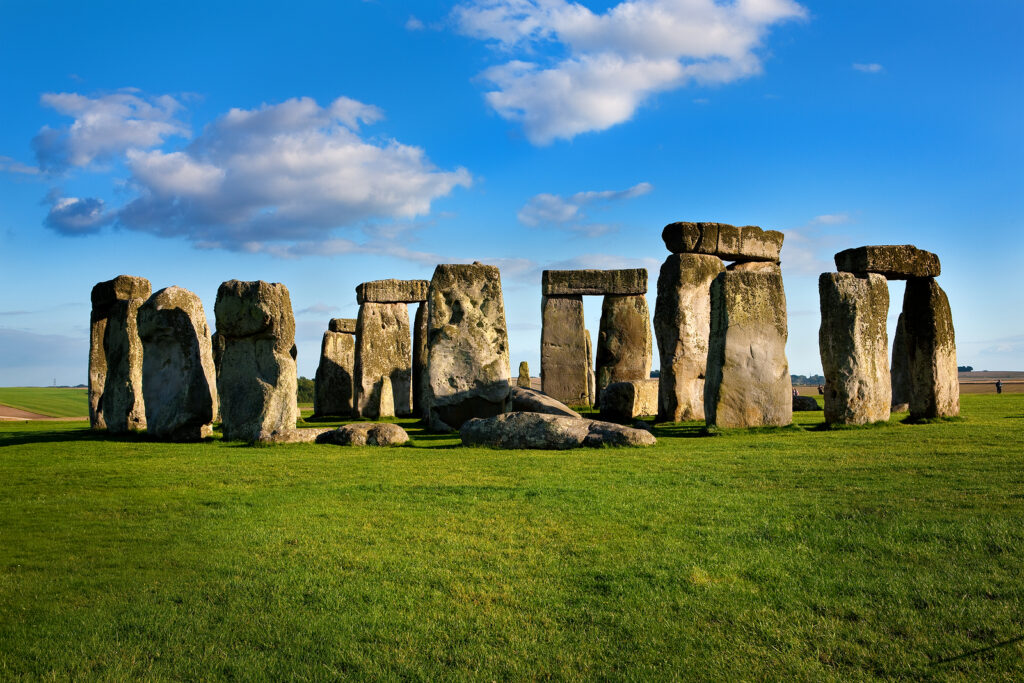
1.4 THE AGE OF METALS
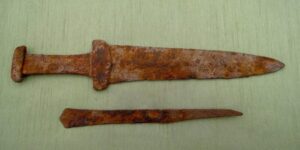
The emergence of metallurgy, cities, the invention of the wheel, the invention of writing and the ox plough.
- The Metal Age was a transitional period between prehistory and antiquity, and was therefore the last period of prehistory.
- It was characterised by the mastery of metal technology, including bronze and iron.
- Its characteristics include the use of metals for utensils, weapons, art and technology, and the flourishing of ancient civilisations such as the Mesopotamian.
- Its periods were: Copper Age (Chalcolithic), Bronze Age and Iron Age, each marking different technological and cultural advances.
- It marked the transition from prehistory to antiquity.
- Its discoveries included the creation of metal alloys, advanced metallurgical techniques, writing systems and the transformation of ancient societies.
- The main differences between the Palaeolithic, the Neolithic and the Metal Age were the transition from nomadic hunter-gatherers to sedentary farmers, the technological advance of metallurgy and the complexification of urban societies.
2. ANCIENT ART
Ancient art refers to the many types of art produced by the advanced cultures of ancient societies with different forms of writing, such as those of ancient China, India, Mesopotamia, Persia, Palestine, Egypt, Greece and Rome.
The art of pre-literate societies is usually referred to as prehistoric art and will not be discussed here.
Although some pre-Columbian cultures developed writing in the centuries before the arrival of the Europeans, for dating purposes they will be discussed in pre-Columbian art and articles such as Maya art, Aztec art and Olmec art.
2.1 EGYPTIAN
Religion pervaded all of Egyptian life and artistic production.
The Egyptians believed in a life after death.
The ideological basis of Egyptian art was the glorification of the gods and the deified deceased king, for whom funerary temples and grandiose tombs were built.
2.1.1 ARCHITECTURE
The pyramids of the Giza desert are the most famous works of architecture.
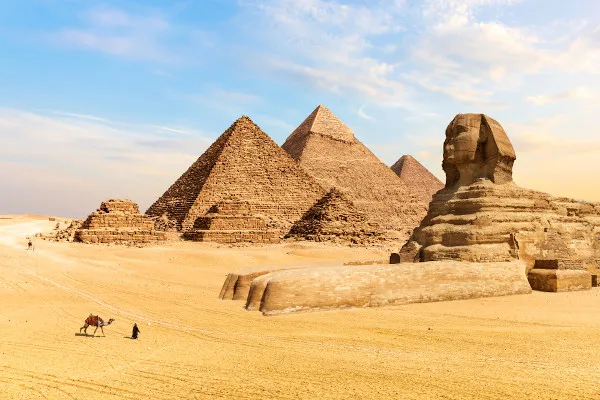
The general characteristics of Egyptian architecture are
- Solidity and durability
- Feeling of eternity
- mysterious and impenetrable aspect
The most important temples are at Karnak and Luxor, both dedicated to the God Amun. The most expressive monuments of Egyptian art are the tombs.
2.1.2. SCULPTURE
Pharaohs and Gods are almost always depicted from the front, without showing any emotion.
The proportions of the human body were often exaggerated to give the figures an impression of strength and majesty.
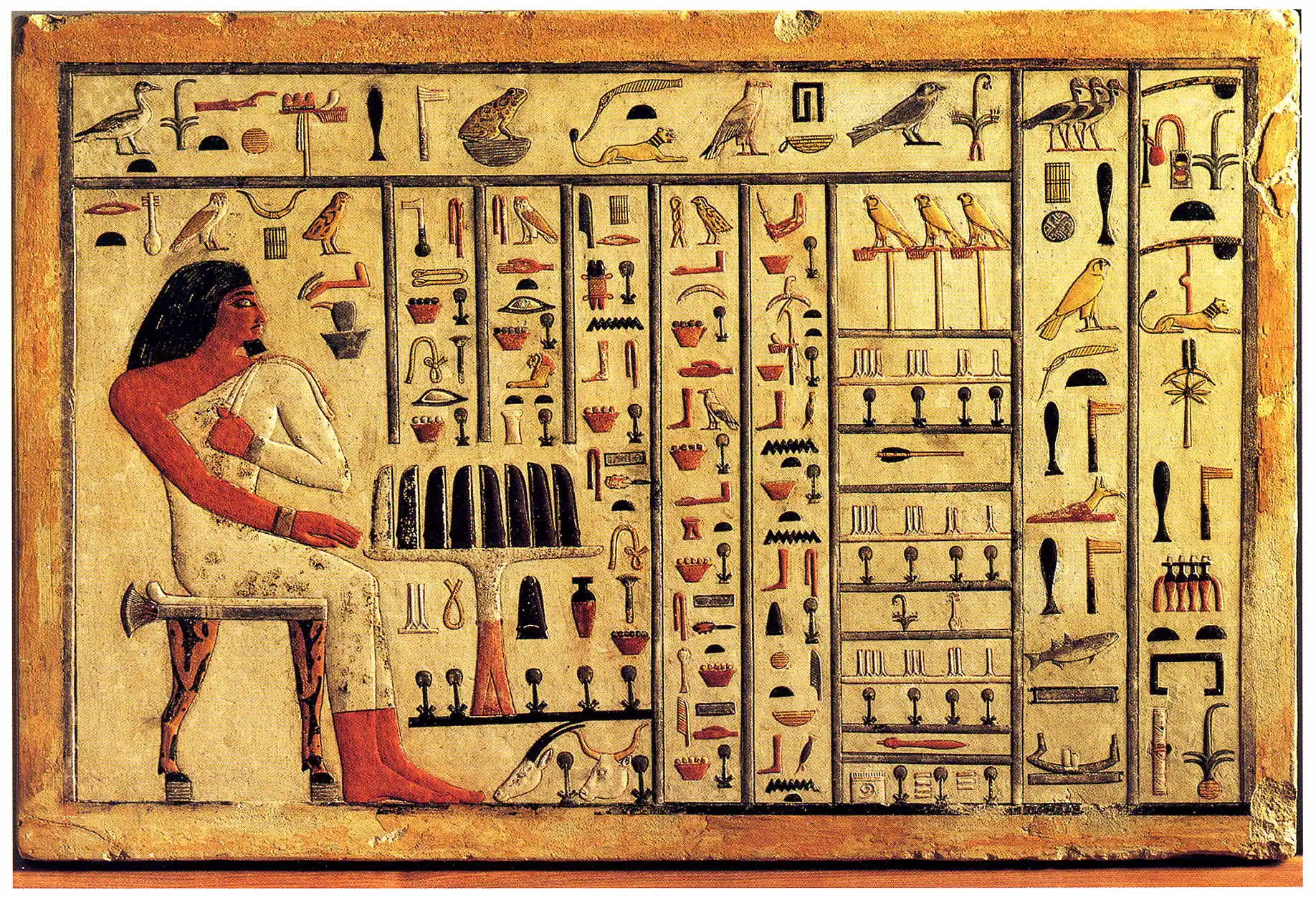
Egyptian bas-reliefs were an expression of quality. The hieroglyphs themselves were often written in bas-relief.
2.1.3 PAINTING
Coloured decoration was a powerful element in complementing religious attitudes. Its general characteristics are: lack of three dimensions and ignorance of depth. The most important people were represented in this order: the king, the king’s wife, the priest, the soldiers and the people.
2.2 GREEK ART
Greek art is associated with intelligence, for its kings were not gods, but intelligent and just beings dedicated to the welfare of the people, to the enjoyment of the present life.
In their constant quest for perfection, rhythm, balance and ideal harmony prevailed.
2.2.1 ARCHITECTURE
The buildings that have attracted the most interest are the temples.
The most important of these is the Parthenon in Athens.
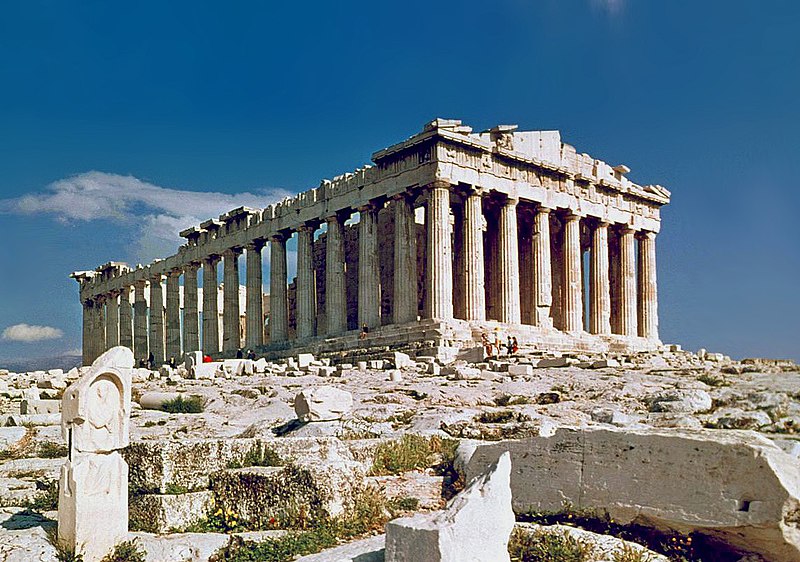
The columns are divided into orders:
- Doric Order – was simple and massive.
- Ionic Order – represented grace and the feminine.
- Corinthian Order – suggests luxury and ostentation.
2.2.2 PAINTING
Greek painting is found in ceramic art. Vases were used to hold water, wine, olive oil and food, among other things.
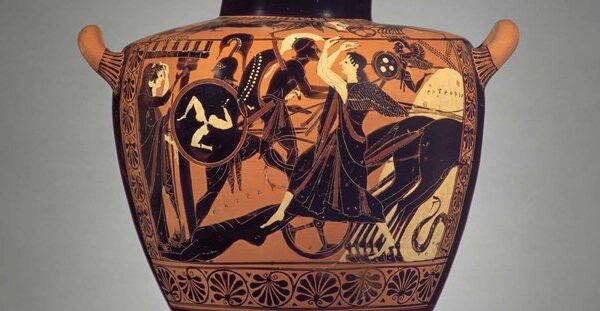
Therefore, its form corresponded to its function.
2.2.3. SCULPTURE
Greek statuary represents the highest standards ever achieved by man. In sculpture, anthropomorphism – the sculpture of the human form – was unsurpassed. In addition to balance and perfection of form, statues acquired movement.
- In the Archaic period, symmetrical sculptures appear in a strict frontal position.
- In the Classical period, movement is sought in statues. The female nude emerged because in the Archaic period, female figures were always clothed.
- The Hellenistic period saw the rise of naturalism: people were also represented by their emotions and the mood of the moment.
2.3 ROMAN ART
Roman art suffered from two strong influences:
- that of Etruscan art, in lived reality and with the use of the arch and the vault.
- Greek-Hellenistic art, with its ideal of beauty.
2.3.1. ARCHITECTURE
The general characteristics of Roman architecture are:
Pursuit of the immediately useful, a sense of realism, material grandeur, emphasis on the idea of strength.
There were five types of building, according to function:
- Religion: Temples – The Pantheon, built in Rome during the reign of Emperor Hadrian, was designed to bring together the great variety of gods that existed throughout the Empire.
- Trade and civilisation: Basilica – with its rectangular floor plan, it was the seat of commerce.
- and hygiene: Baths – The baths were the social centre of Rome.
- Entertainment – Circus, theatre, amphitheatre
- Decorative monuments – Arch of Triumph, Triumphal column
- Housing – was built around a courtyard called the atrium.
2.3.2 PAINTING
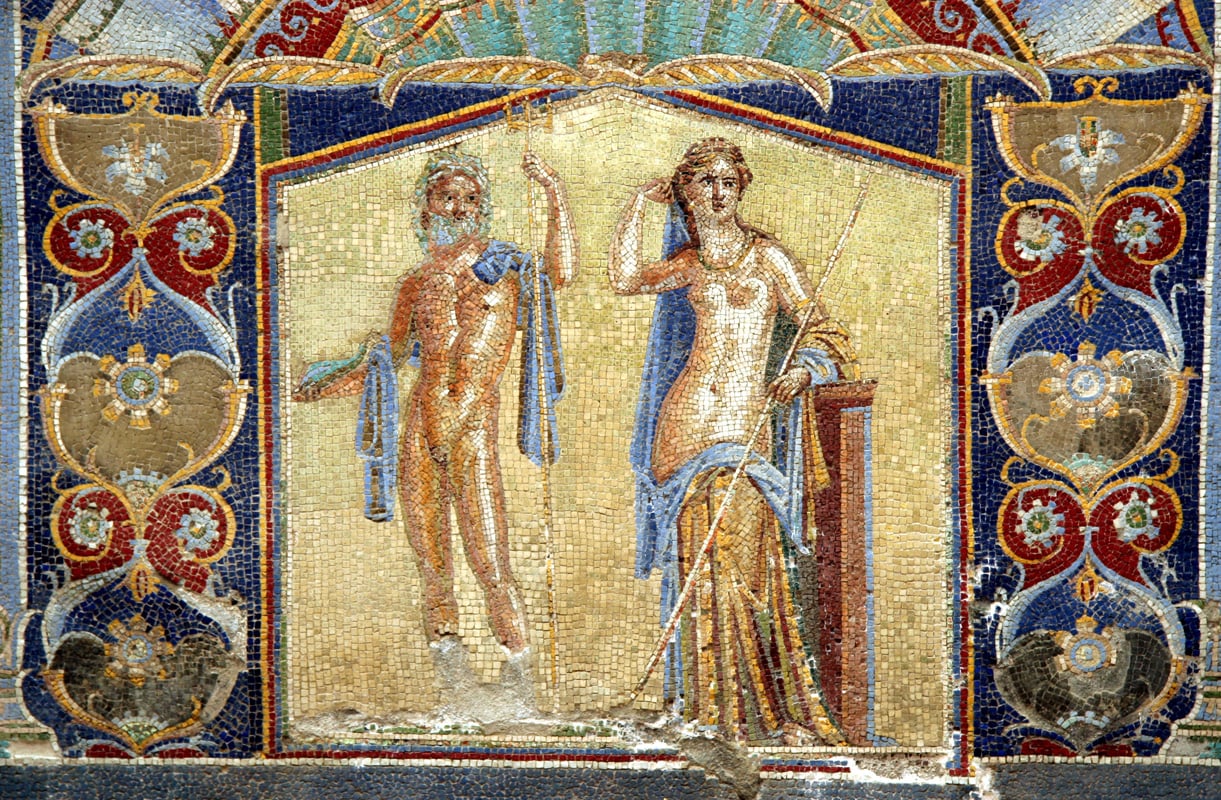
Mosaics were widely used for decoration. What we know today comes from the cities of Pompeii and Herculaneum, which were buried by the eruption of Vesuvius in 79 BC.
2.3.3 SCULPTURE
Because the Romans were realistic and practical, their sculptures were a faithful representation of man rather than an ideal of human beauty, as the Greeks had done.
With the invasion of the barbarians, concerns were raised about the arts. It was the beginning of the decline of the Roman Empire, which in the 5th century – in 476 to be precise – lost control of its vast western territory to the Germanic invaders.
2.4 PALAEOCHRISTIAN ART
Christians (those who followed the teachings of Jesus Christ) began to create simple, symbolic art, executed by people who were not great artists. Because of persecution, painting became symbolic.
In 313 AD, the Emperor Constantine legalised Christianity, giving rise to the second phase of Palaeo-Christian art: the basilica phase.
The Romans ceded some basilicas to them as venues for their celebrations.
2.5 BIZANTINA
Around the 4th century, the invasion of barbarian peoples into the Roman Empire began, leading Constantine to move the capital of the Empire to Byzantium, a Greek city that later became Constantinople.
This move led to the emergence of the first style of Christian art – Byzantine art, a new style rich in technique and colour.
Byzantine art was driven by religion.
The regime was theocratic and the emperor had administrative and spiritual powers.
The mosaic is the ultimate expression of Byzantine art.
People are depicted from the front and verticalised to create a certain spirituality; perspective and volume are ignored and gold is overused because of its association with the greatest good on earth: gold.
Church architecture received the most attention in Byzantine art, with a circular, octagonal or square ground plan. They had huge domes.
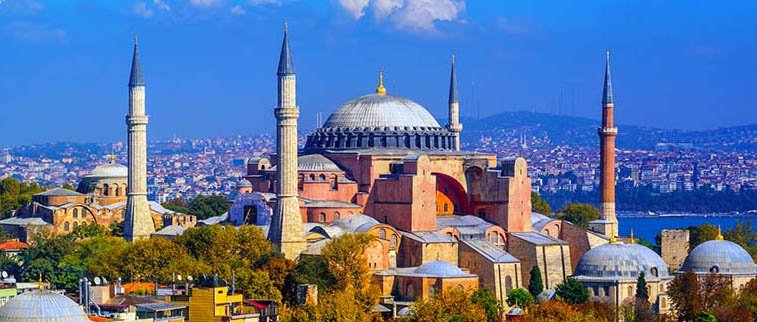
The Church of St Sophia (Sofia = Wisdom) in modern-day Istanbul was one of the greatest triumphs of the new Byzantine technique.
Sculpture was not so prominent in this period. What can be found are only bas-reliefs combined with decoration.
Byzantine art reached its peak in the 6th century, during the reign of Emperor Justinian. However, this was soon followed by a period of crisis known as the Iconoclasm. This consisted of the destruction of all sacred images due to conflict between the emperors and the clergy.
Byzantine art did not die out in 1453 with the Turkish takeover of Constantinople. This art went far beyond the territorial boundaries of the Empire, penetrating, for example, the Slavic lands.
2.6 ISLAMIC
In 622, the Prophet Mohammed went into exile in Medina.
From a nomadic background, it took some time for the Muslims to establish themselves and lay the foundations of their own aesthetic, with which they could identify. They absorbed stylistic traits from the peoples they conquered. Thus the Byzantine domes crowned their mosques.
Figurative art was avoided in the sacred sphere, concentrating on the geometric and abstract, more symbolic than transcendental. Hence the use of forms such as the arabesque.
2.6.1. ARCHITECTURE
The mosques are modelled on Muhammad’s House in Medina.
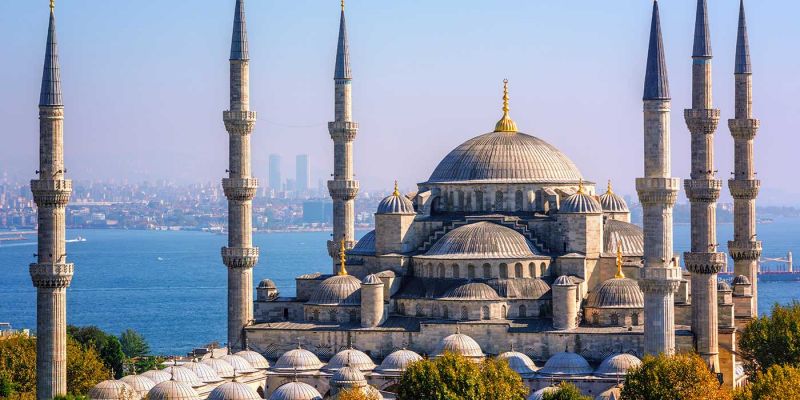
The surveyor was as important as the architect. The Emirs’ Residences were the private residence of the ruler.
2.6.2 CARPETS
As nomads, these were the only materials used to decorate the inside of tents. When they became sedentary, silks, brocades and carpets began to decorate palaces and castles, as well as fulfilling a fundamental function in mosques, since Muslims must not be in contact with the earth when praying.
2.6.3 PAINTING AND GRAPHICS
Islamic painting is represented by frescoes and miniatures.
Closely related to painting is the art of the mosaicist. The same function was performed by ceramics, which became more widespread from the 12th century onwards and reached its heyday in Spain, where pieces for everyday use were created.
3. ART IN THE MIDDLE AGES
The Middle Ages, period of European history from the collapse of Roman civilisation in the 5th century AD to the Renaissance (variously interpreted as beginning in the 13th, 14th or 15th century, depending on the region of Europe and other factors).
3.1 ROMAN
3.1.1 ARCHITECTURE
At the end of the 11th and beginning of the 12th centuries, Romanesque art emerged in Europe, with a structure similar to that of the buildings of the ancient Romans.
The main characteristics of Romanesque architecture are: vaults replacing the roof of basilicas, massive columns supporting thick walls, rare and narrow openings used as windows.
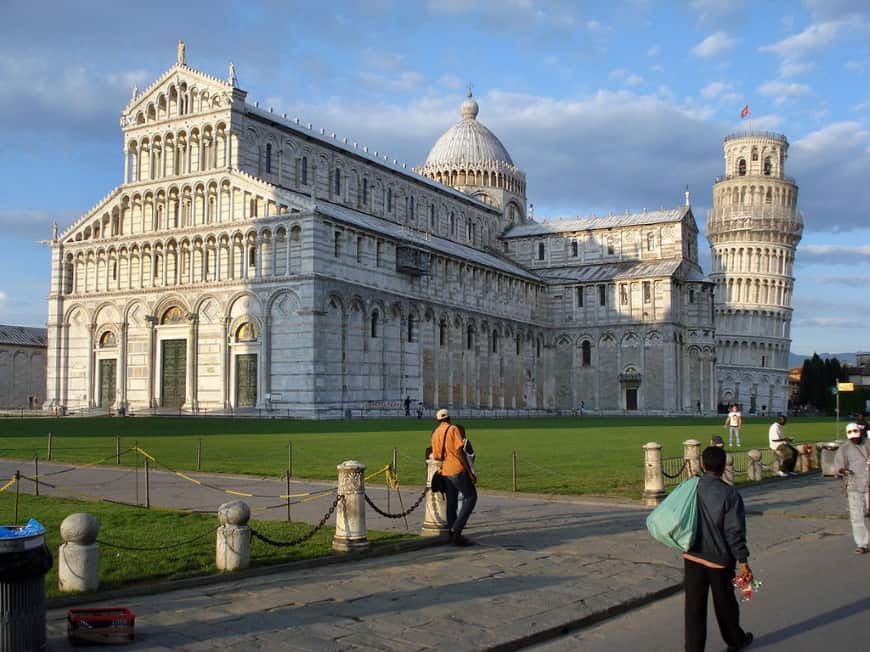
The first thing you notice about Romanesque churches is their size. They are always large and massive. That’s why they’re called fortresses of God.
It is essentially a clerical style. The most famous is the Cathedral of Pisa, of which the bell tower is the most famous building.
3.1.2 PAINTING AND SCULPTURE
Romanesque painting developed mainly in large mural decorations using the fresco technique, which was originally a technique of painting on a damp wall.
The figure of Christ is always larger than the others around him.
Colourism involved the use of flat colours, without regard to halftones or the play of light and shade, as there was no intention of imitating nature.
Mosaics, especially in blue and gold, were used mainly in churches.
3.2 GOTHIC
In the 12th century, between 1150 and 1500, an economy based on trade and the urban bourgeoisie began to emerge. These changes led to a profound revolution in the art of designing and constructing large buildings.
3.2.1- ARCHITECTURE
The first difference we notice between a Gothic church and a Romanesque church is the façade. In the Romanesque church we have a single portal, in the Gothic church we have three portals The rose window is a characteristic architectural element of the Gothic style.
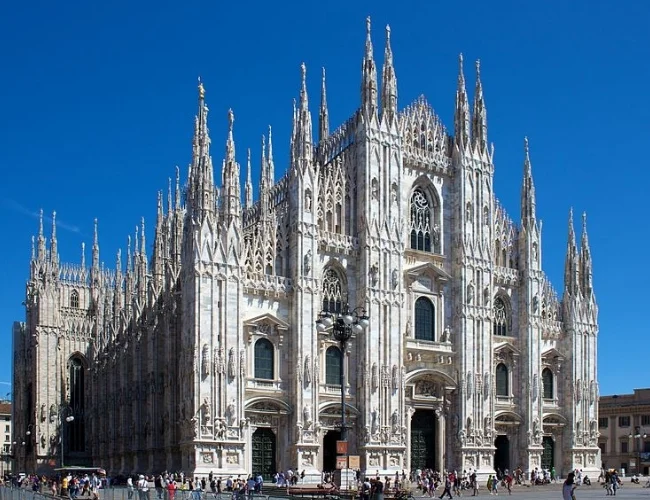
Other characteristic elements of Gothic architecture are the Gothic or Ogival, arches, and the colourfully stained glass windows that filter light into the interior of the church. The most famous Gothic cathedrals are the Notre Dame Cathedral in Paris and the Notre Dame Cathedral in Chartres.
3.2.2 SCULPTURE
Sculpture is linked to architecture and extends upwards.
3.2.3 ILLUMINATIONS
An illumination is an illustration on parchment of manuscript books. Engraving had not yet been invented.
3.2.4 PAINTING
The main artists of Gothic painting are the true forerunners of Renaissance painting.
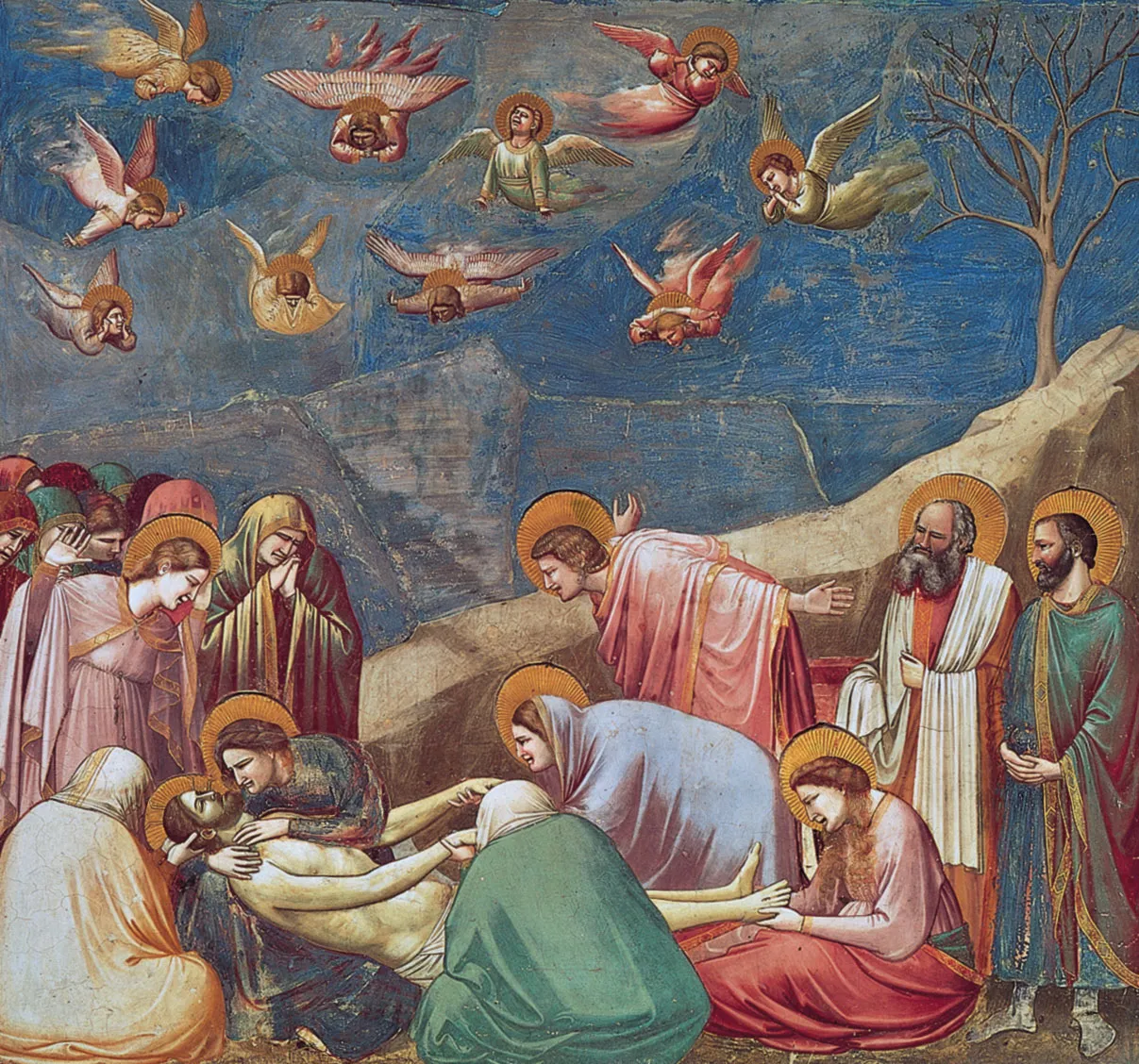
As an example we have Giotto – identification of the figure of the saint with human beings, in a humanist vision of the world.
4. ART IN MODERN TIMES
4.1 THE RENAISSANCE
In addition to the rebirth of ancient Greco-Roman culture, this period saw many advances and countless achievements in the arts, literature and sciences that surpassed the classical heritage.
The ideal of humanism with the valorisation of man and nature, as opposed to the divine and the supernatural, concepts that had permeated medieval culture.
General characteristics:
- rationality
- human dignity
- scientific rigour
- Humanist ideal
- Reuse of Greco-Roman art
4.1.1. ARCHITECTURE
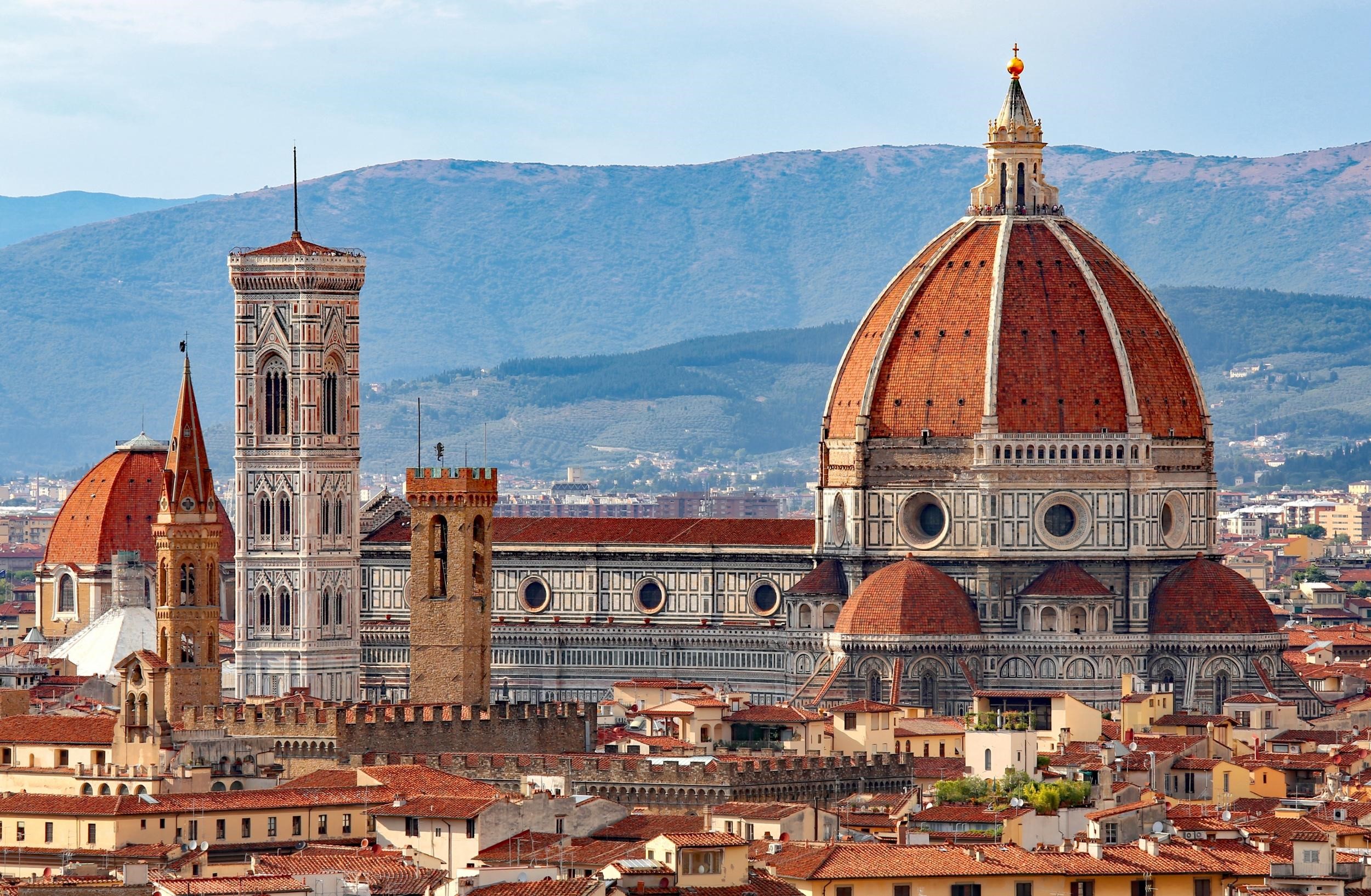
In Renaissance architecture, the building’s use of space is based on mathematical relationships (geometry, perspective).
4.1.2 PAINTING
Main characteristics: perspective, use of chiaroscuro, realism: Renaissance artists no longer saw man as a simple observer of the world expressing God’s greatness, but as the greatest expression of God himself.
And the world is seen as a reality to be understood scientifically, not just admired. The use of canvas and oil paint began.
Another characteristic of Renaissance art, especially painting, was the emergence of artists with a personal style, different from the rest, as the period was marked by the ideal of freedom and consequently individualism.
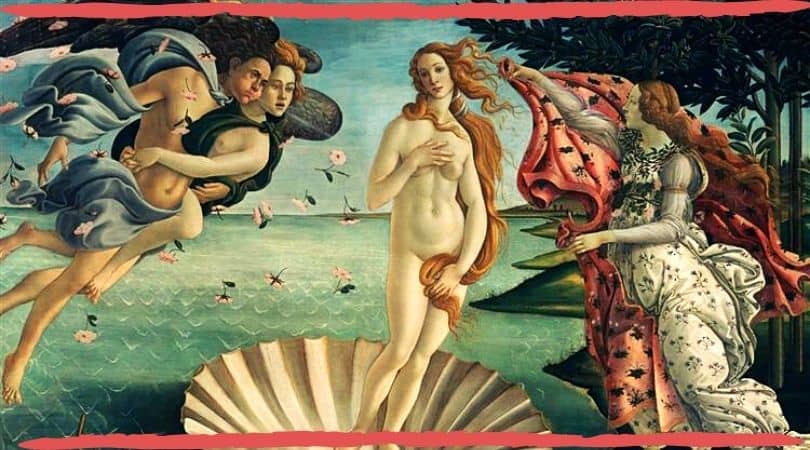
The main painters were:
- Botticelli – His paintings are beautiful because they manifest divine grace. Outstanding works: Spring and The Birth of Venus.
- Leonardo da Vinci – He mastered an expressive play of light and shadow. It is based on reality but stimulates the viewer’s imagination. Outstanding works: The Virgin of the Rocks and the Mona Lisa.
- Michelangelo – Painted the ceiling of the Sistine Chapel in the Vatican. Notable works: Sistine Chapel ceiling and the Holy Family
- Raphael – his works give the viewer a sense of order and security.
Outstanding works: The School of Athens and Madonna of the Morning.
4.1.3. SCULPTURE
The Popes, patrons of the arts, resided in the Vatican.

There are great sculptors, the greatest of whom is Michelangelo, who dominated all Italian sculpture in the 16th century. Some of his works: Moses, David (4.10 metres) and the Pieta.
Main characteristics:
- They tried to represent man as he is in reality.
- Proportion of the figure while maintaining its relationship to reality
- Depth and perspective
- Study of the human body and character
4.2 MANNERISM
In parallel to the Classical Renaissance, an artistic movement developed in Rome from 1520 to about 1610 that consciously distanced itself from the model of Classical Antiquity: Mannerism (maniera in Italian means way).
A clear tendency towards exaggerated stylisation and a whimsical attention to detail.
The great empires begin to form, and man is no longer the main and only measure of the universe.
Painters, architects and sculptors were forced to leave Rome for other cities. Using the same elements as the Renaissance, they created an art of labyrinths, spirals and strange proportions.
4.2.1 ARCHITECTURE
Mannerist architecture favoured the construction of churches with a longitudinal plan, with rooms that were longer than they were wide, with the main dome over the transept, in the distribution of light and in the decoration.
4.2.2 PAINTING
It was in painting that the Mannerist spirit first manifested itself, seeking to deform a reality that no longer satisfied it, and attempting to revalue art for art’s sake.
Main characteristics: permanent tension, slender and elongated forms, melancholic faces . The real protagonists of the painting are no longer positioned in the centre of the perspective, but somewhere in the architecture, where the attentive eye must find them, not without some difficulty.
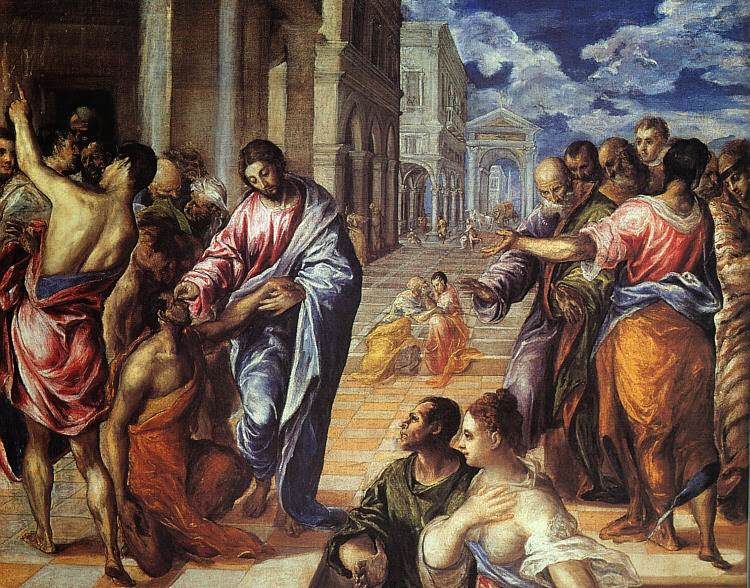
Main artist: EL GRECO
4.2.3 SCULPTURE
In sculpture, Mannerism followed in the footsteps of Michelangelo. Main characteristics: seemingly fragile balance and the gracefulness of the whole.
4.3 BAROQUE
Baroque art originated in Italy (17th century) but soon spread to other European countries and also to the American continent, brought by the Portuguese and Spanish colonisers.
Baroque works broke the balance between emotion and reason, or art and science. Baroque art was dominated by emotions rather than the rationalism of Renaissance art.
It was a time of spiritual and religious conflict. Man finds himself in a constant dualism: Paganism vs. Christianity and spirit vs. matter.
4.3.1 PAINTING
Characteristics of Baroque painting: diagonal composition, strong contrast between light and dark (expression of emotion) and realism, covering all social classes. Italy was the radiant centre of the Baroque style.
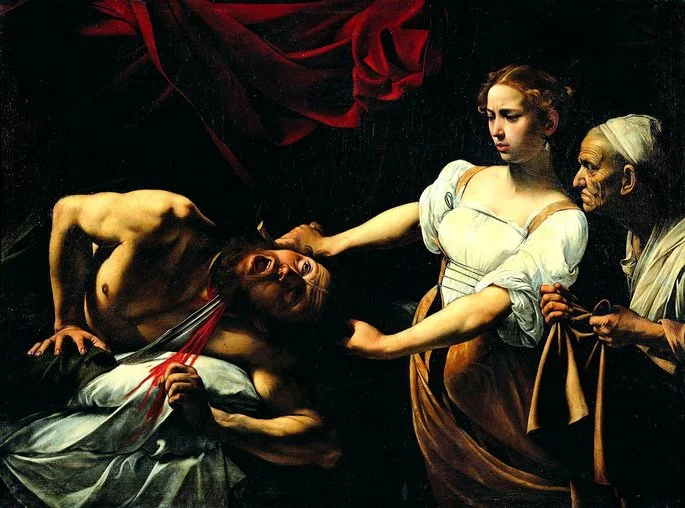
Among the Italian baroque painters: Caravaggio and Andrea Pozzo.
Among the most representative painters from other European countries: Velázquez (Spanish), Rubens (Spanish), Rembrandt (Dutch).
4.3.2. SCULPTURE
Curved lines, drapery and the use of gold dominate. The gestures and faces of the figures reveal violent emotions and achieve a drama unknown in the Renaissance.
4.3.3 ARCHITECTURE
Baroque architecture was sponsored by the Catholic Church, which invested in rich and sumptuous works in an attempt to save the faithful lost to Protestantism.
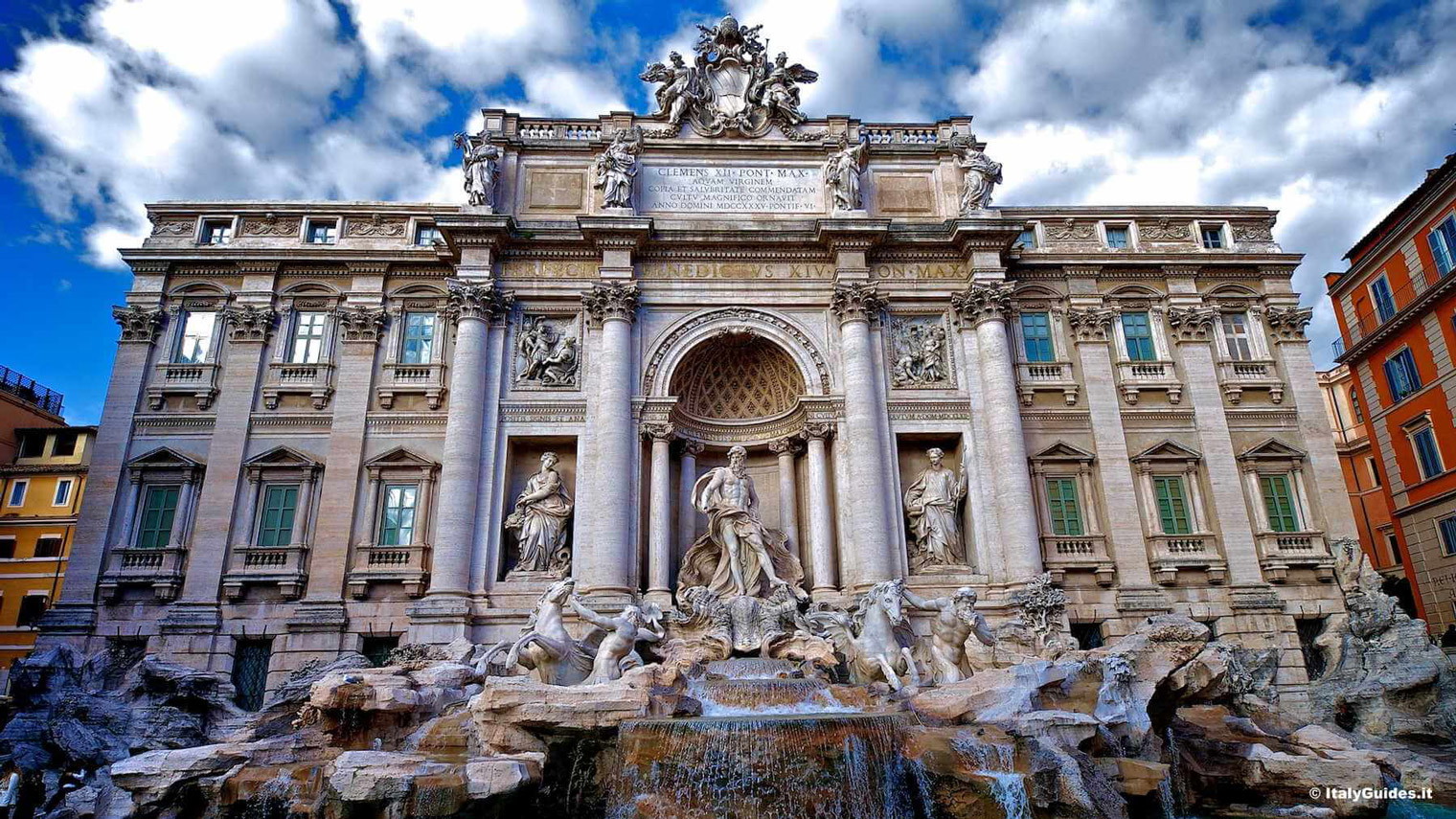
This is the architecture of the Counter-Reformation. Among the profane works, the Palace of Versailles stands out with its incredible Hall of Mirrors.
4.4 ROCOCO
Rococo is the artistic style that emerged in France as an offshoot of the Baroque, lighter and more intimate than the Baroque, and was initially used in interior decoration. In France, Rococo is also known as the Louis XV and Louis XVI style.
General characteristics: An abundant use of curved forms and an abundance of decorative elements such as shells, bows and flowers.
4.4.1 ARCHITECTURE
During the Enlightenment, between 1700 and 1780, Rococo was the main trend in post-Baroque art and architecture.

In the early years of the 18th century, the artistic centre of Europe shifted from Rome to Paris.
Key features:
- Bright colours were replaced by pastel shades, diffused light flooded the interiors through numerous windows, and the abrupt relief of surfaces gave way to soft textures.
- The structure of the buildings became lighter and the internal space was unified with greater grace and intimacy.
4.4.2 SCULPTURE
In sculpture and painting, it is not possible to draw a clear line between Baroque and Rococo.
4.4.3 PAINTING
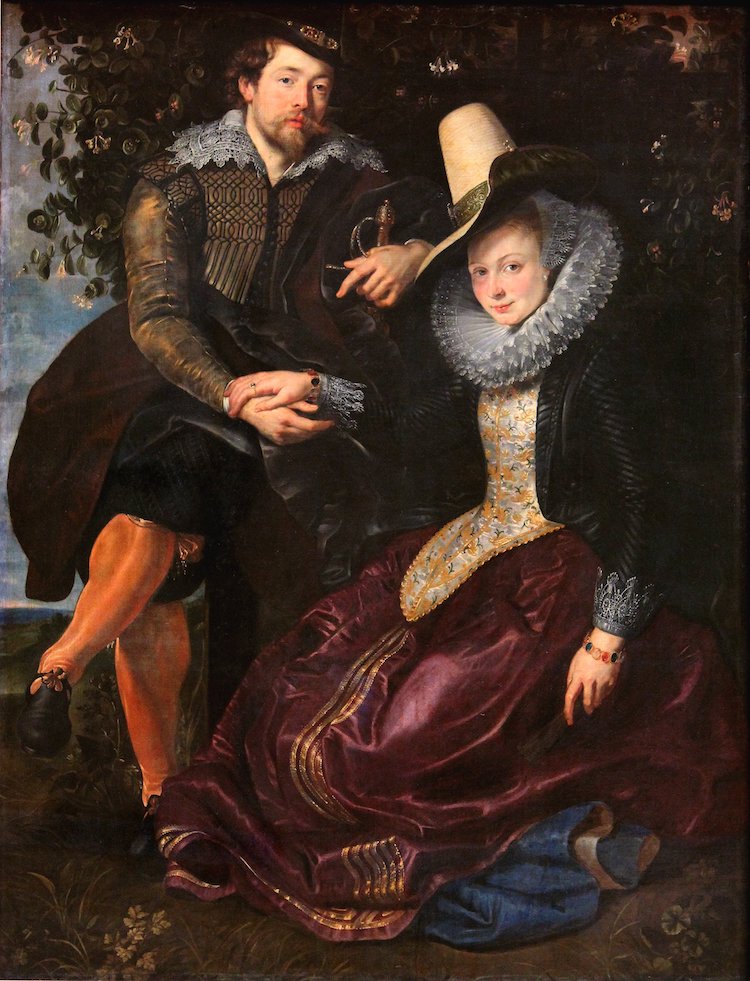
At the end of the reign of Louis XIV, when France was asserting its political and cultural dominance over the rest of Europe, the first Rococo paintings appeared, influenced by the technique of Peter Paul Rubens.
5. CONTEMPORARY ART
5.1 NEOCLASSICAL
The last two decades of the 18th century and the first three decades of the 19th century saw the emergence of a new aesthetic trend. This was academicism, or neo-classicism, with a new and stronger bourgeoisie, especially with Napoleon’s empire.
Main characteristics:
- A return to the past through the imitation of ancient Greco-Latin models;
- Academicism in themes and techniques, i.e. subjection to the models and rules taught in schools or academies of fine arts;
- art understood as imitation of nature, in a true cult of Aristotle’s theory.
5.1.1 ARCHITECTURE

Neoclassical architecture followed the model of Greco-Roman temples or the buildings of the Italian Renaissance.
5.1.2 PAINTING
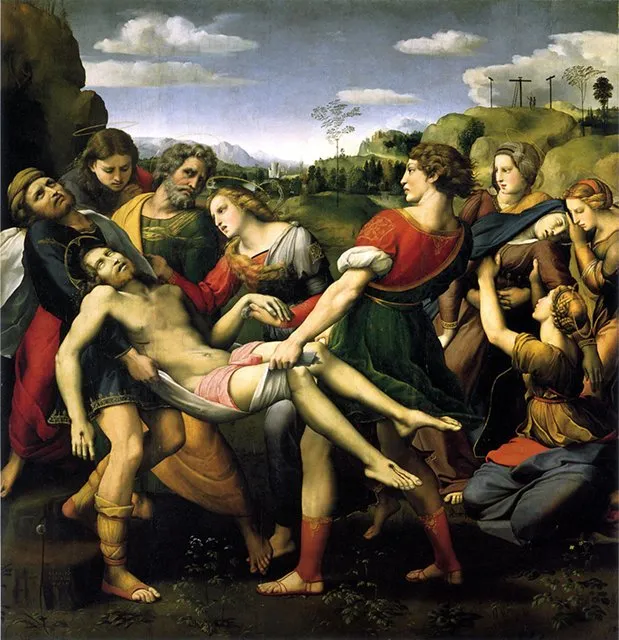
Painting in this period was mainly inspired by classical Greek sculpture and Italian Renaissance painting, especially Raphael, the undisputed master of balanced composition.
5.2 ROMANTIC
The 19th century was shaken by powerful social, political and cultural changes brought about by the Industrial Revolution at the end of the 18th century.
Artistic activity also became complex.
Romantic artists sought to free themselves from academic conventions in favour of the free expression of the artist’s personality.
General characteristics: The valorisation of feelings and imagination, nationalism, the valorisation of nature as a principle of artistic creation, and the feelings of the present.
5.2.1. ARCHITECTURE.
Main architectural feature: The Gothic style, considered a truly European style, is revalued.
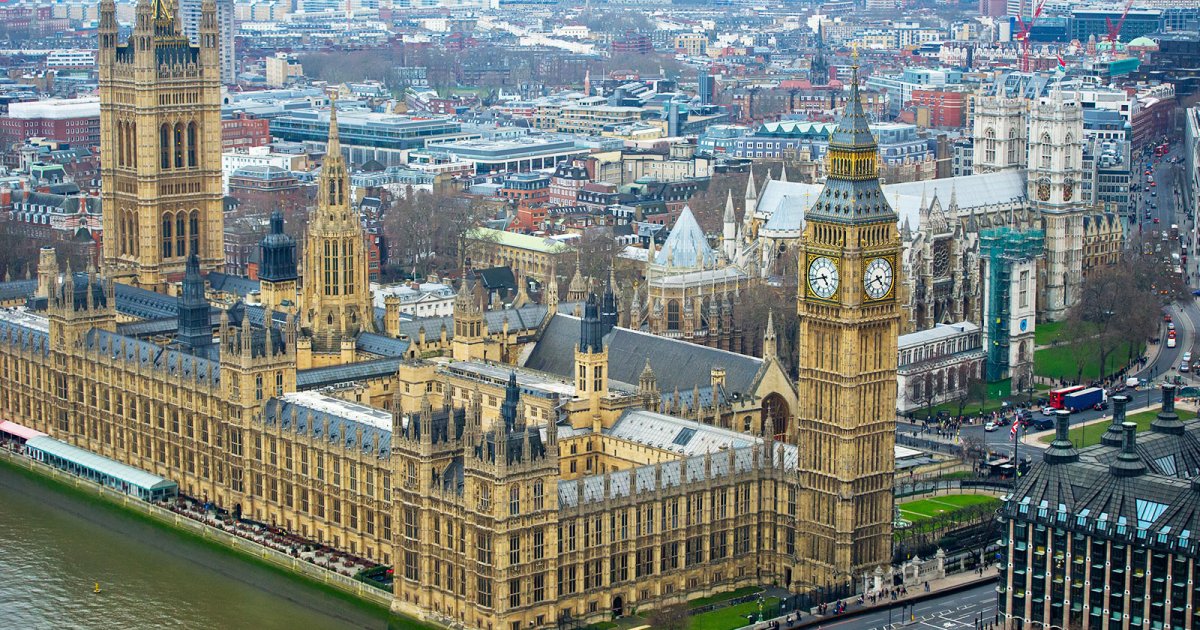
Featured Work: British Parliament Building
5.2.2 PAINTING
Themes of painting: Real events from national and contemporary history, the lives of the artists and nature, which reveals a dynamism that corresponds to human emotions.
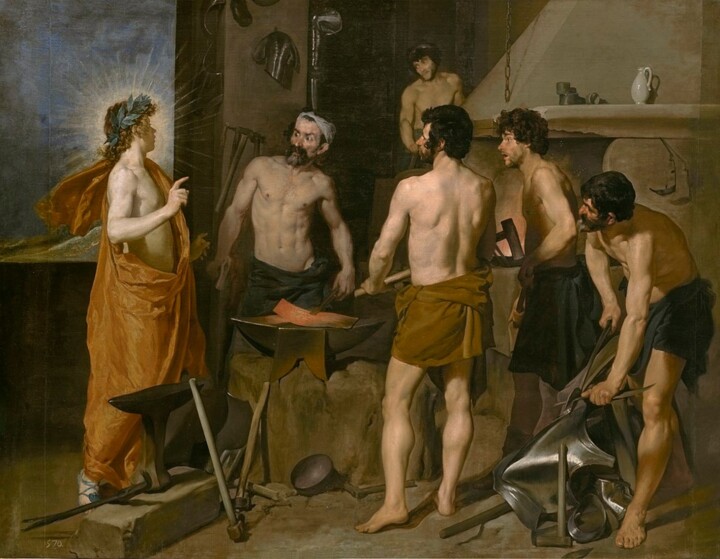
Major artists: Goya, Turner, Delacroix
5.3 REALISM
Between 1850 and 1900, a new aesthetic trend called Realism emerged in the European arts, especially in French painting, which developed alongside the growing industrialisation of societies.
European man became convinced that he had to be realistic in his artistic creations as well, putting aside subjective and emotional visions of reality.
The general characteristics are: scientificism, the valorisation of the object, the sober and meticulous, the expression of reality and the descriptive aspects.

5.3.1. ARCHITECTURE
Architects and engineers are trying to respond to the new needs of cities.
Cities no longer need rich palaces and temples. They need factories, stations, railways, warehouses, shops, libraries, schools, hospitals and housing for both workers and the new bourgeoisie.
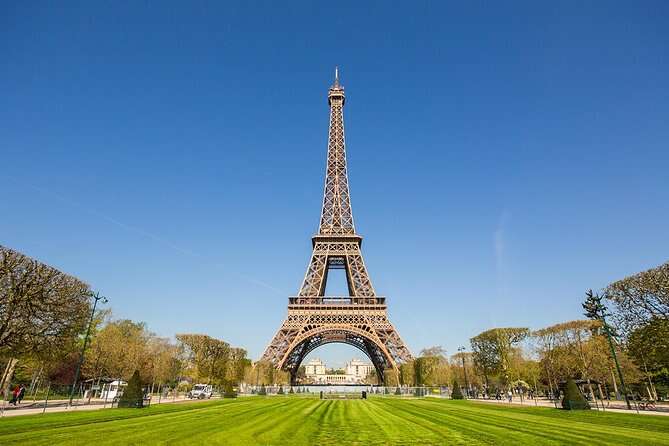
In 1889, Gustave Eiffel built the Eiffel Tower in Paris, now the symbol of the “City of Light”.
5.3.2 SCULPTURE
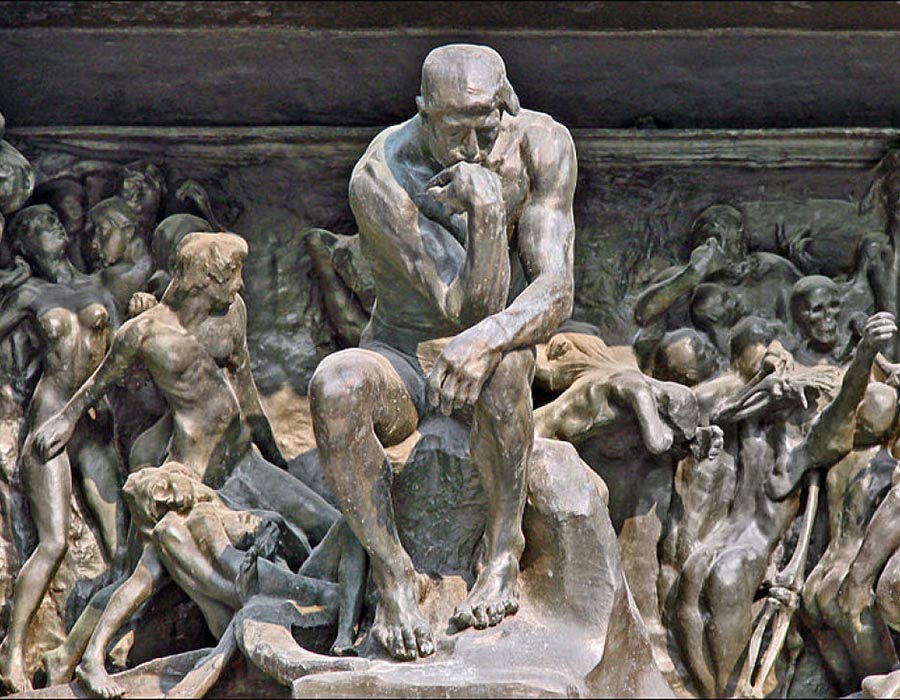
Auguste Rodin sought to reproduce beings as they are. It is the fixation of the significant moment of a human gesture.
Notable works: Balzac, The Bourgeois of Calais, The Kiss and The Thinker.
5.3.3 PAINTING
Characteristics of painting:
- Reality with the same objectivity with which a scientist studies a natural phenomenon.
- It is not up to the artist to “improve” nature artistically, because beauty lies in reality as it is.
- Revealing the most characteristic and expressive aspects of reality
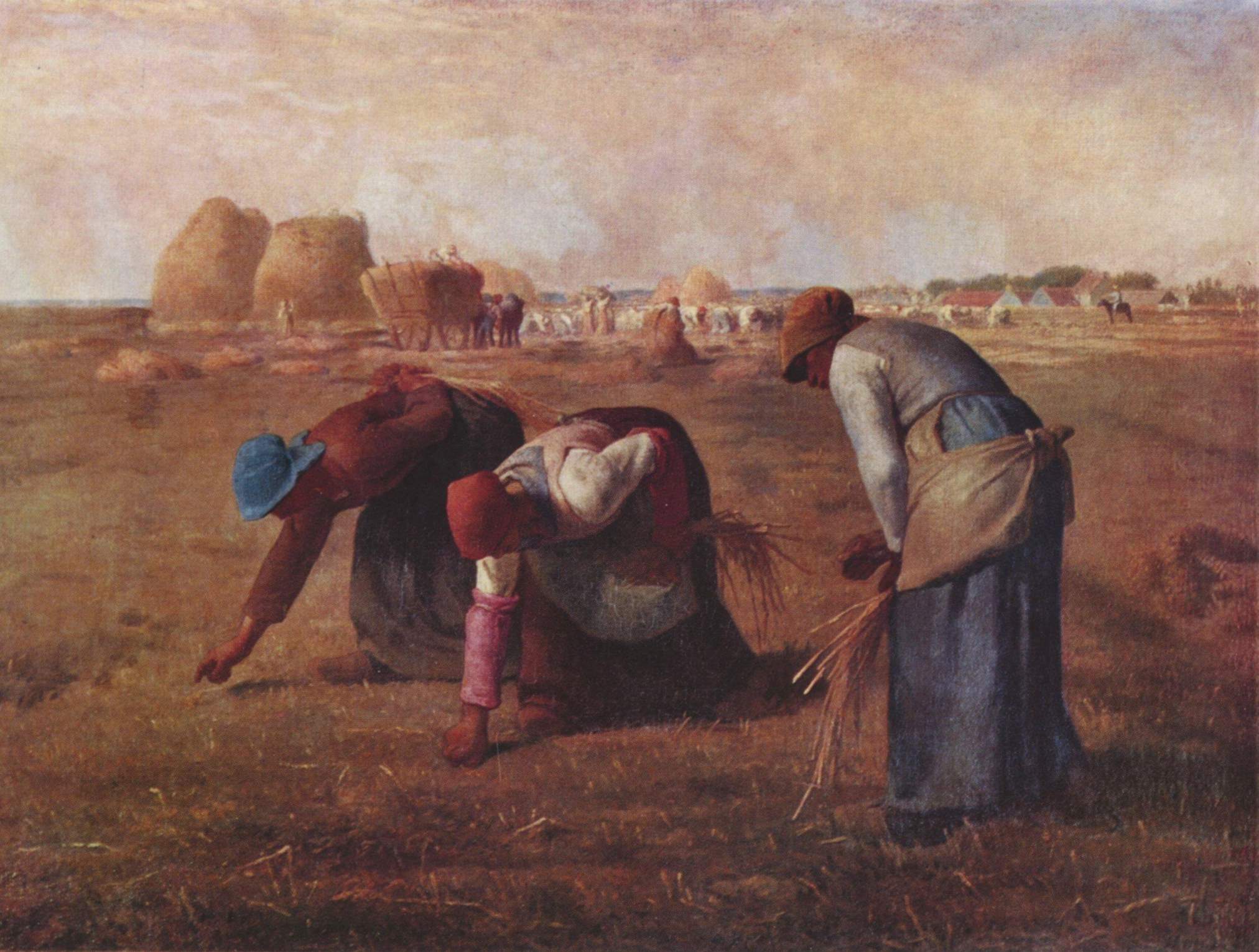
Main painters: Courbet, Jean-François Millet.
5.4 IMPRESSIONISM
Impressionism was an artistic movement that profoundly revolutionised painting and introduced the major trends in 20th century art.
Main features:
- The painting must record the shades that objects acquire when reflecting sunlight at a given time.
- The figures should not have sharp outlines because the line is an abstraction used by humans to represent images.
- Shadows should be bright and colourful, as is the visual impression they make on us, and not dark or black, as painters used to depict them in the past.
- Colours and tones should not be achieved by mixing colours on the painter’s palette. It is the viewer who, while admiring the painting, combines the various colours to obtain the final result. The mixing is therefore no longer technical but optical.
The public first came into contact with the work of the Impressionists at a group exhibition in Paris in April 1874. But the public and critics reacted very badly to the new movement, which still adhered to the academic principles of painting.
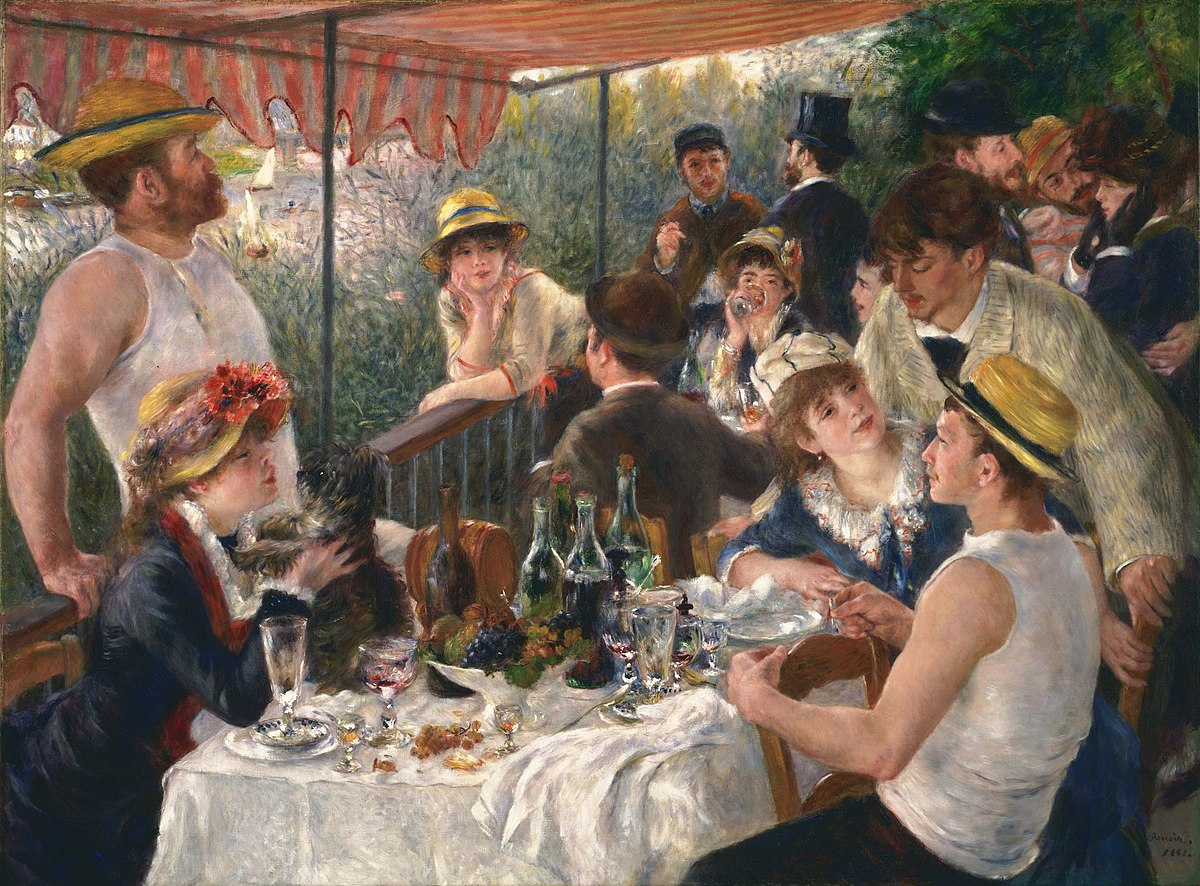
Main artists: Monet, Renoir, Seurat
5.5 EXPRESSIONISM
Expressionism is the art of instinct, it is dramatic, subjective painting that expresses human feelings. Emotional values prevail over intellectual ones.
Key features:
- Research in the psychological field;
- bright, vivid colours, fused or separated;
- Preference for the pathetic, tragic and sombre
Van Gogh’s work .
Main artists: Gauguin, Cézanne, Toulouse-Lautrec, Modigliani, Van Gogh
5.6 CUBISM
Historically Cubism has its origins in the work of Cézanne. But the Cubists went further than Cézanne. They began to represent objects with all their parts on the same plane.
Cubism does not represent but suggests the structure of bodies or objects.
Main characteristics:
- geometrization of shapes and volumes
- renunciation of perspective
- chiaroscuro loses its function
- and tactile sensations in the viewer.
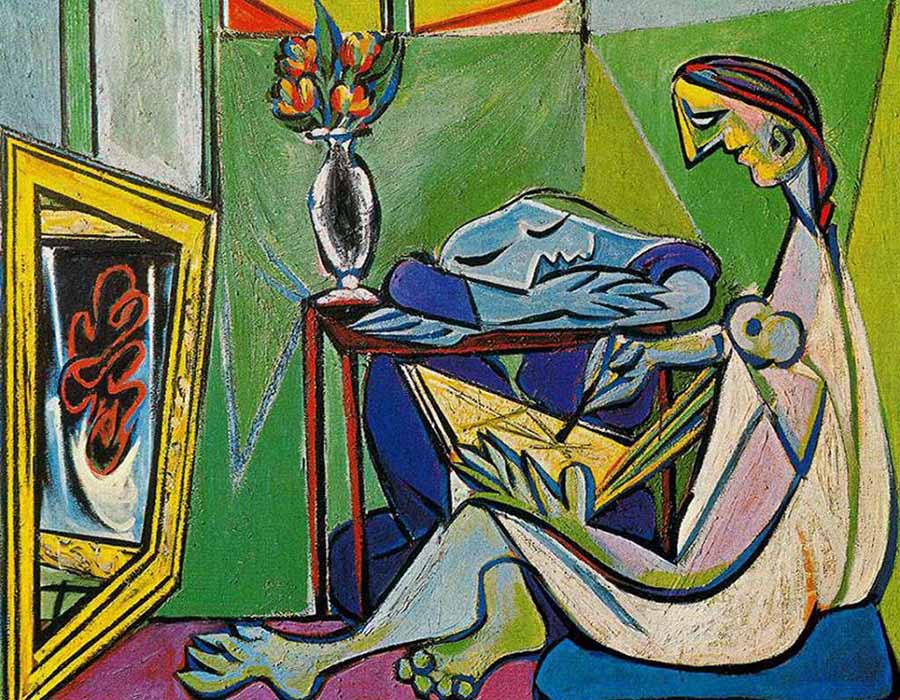
Main artists: Picasso, Braque
5.7. ABSTRACTION
When the meaning of a painting depends essentially on colour and form, when the painter cuts the last ties that bind his work to visible reality, it becomes abstract.
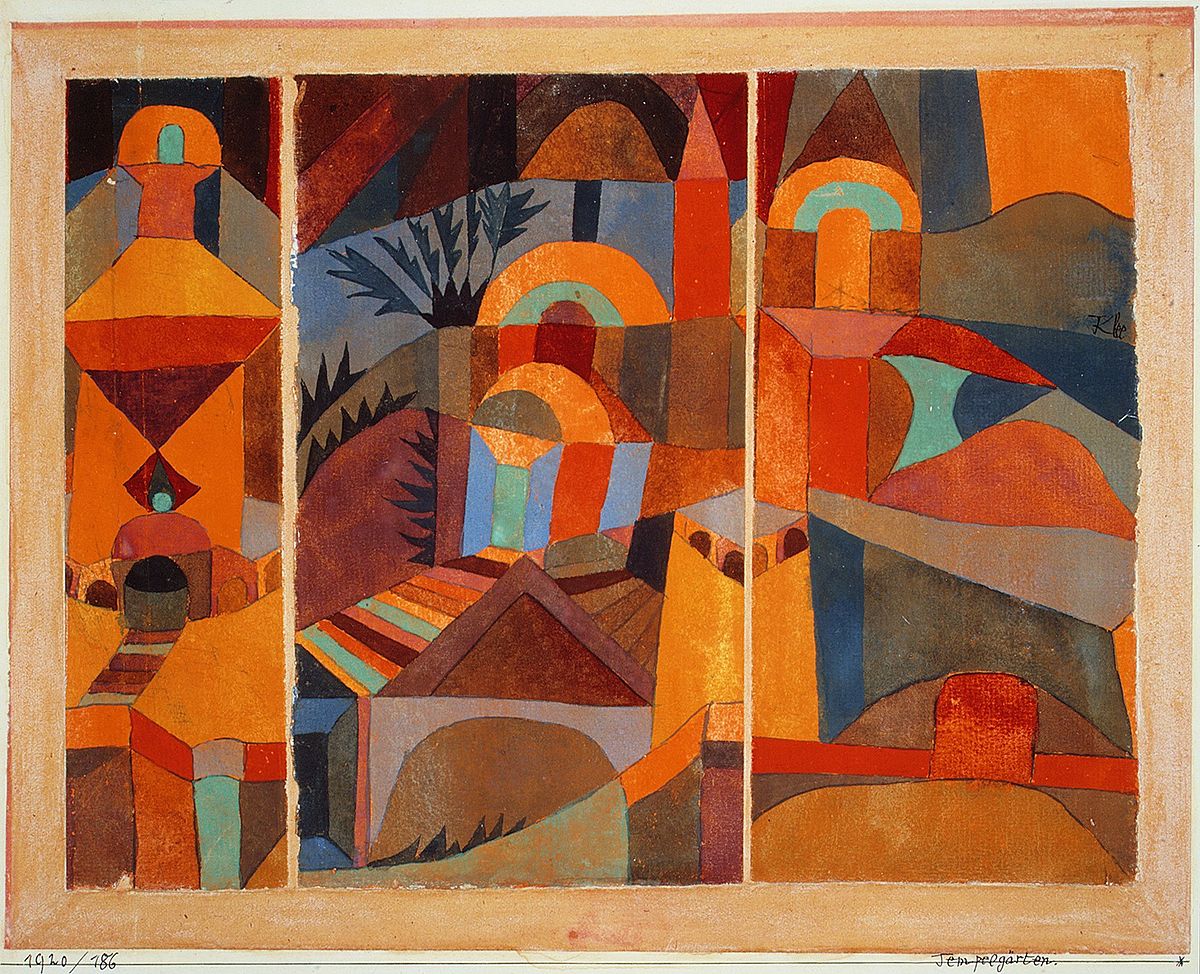
Main artists: KANDINSKY, PAUL KLEE
5.8 FAUVISM
1905, at the Autumn Salon in Paris, some artists were called Fauves(meaning beasts) because of the intensity with which they used pure colours.
The principles of this artistic movement were
- To create in art has no relation to the intellect or to the senses.
- To create is to follow the impulses of instinct, the primal sensations.
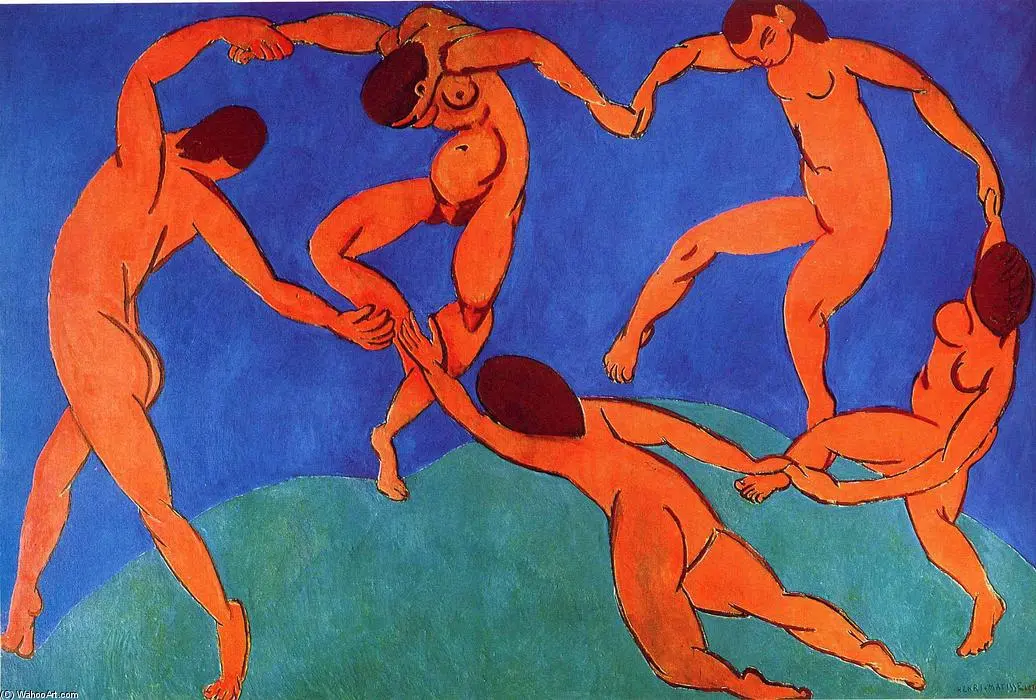
Artist featured: HENRI MATISSE
5.9 CONSTRUCTIVISM
This is a geometric abstraction that seeks vibrating perspectival movement through colour and line. It synthesises the abstract and scientific theories of modern art. It is a painting in two dimensions.
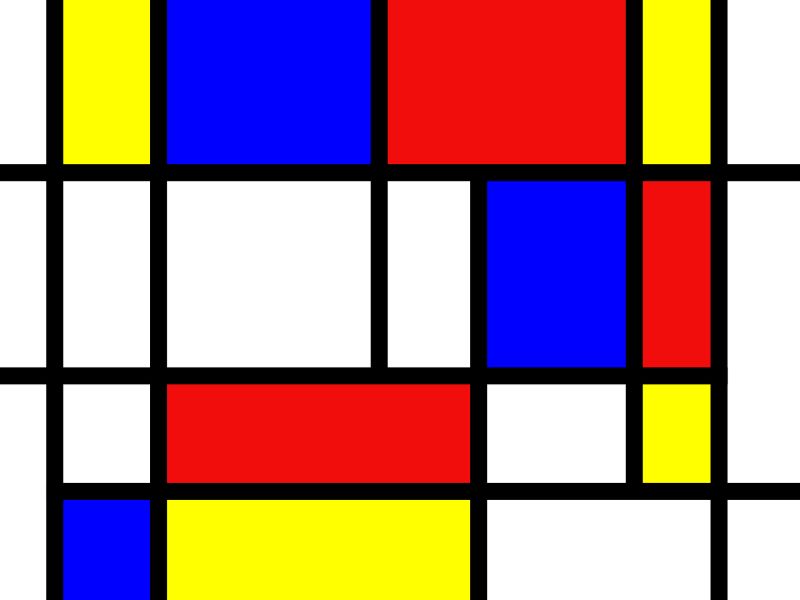
Featured artist: Mondrian
5.10. SURREALISM
In the first two decades of the 20th century, FREUD’s psychoanalytic studies and political uncertainty created a favourable climate for the development of art that criticised European culture and the fragile human condition in the face of an increasingly complex world.
Surrealism was par excellence the modern artistic tendency to represent the irrational and the subconscious.
Through automatism, i.e. any form of expression over which the mind exercises no control whatsoever, the Surrealists sought to form, either through abstract or figurative symbolic forms, the images of the deepest reality of the human being: the subconscious.
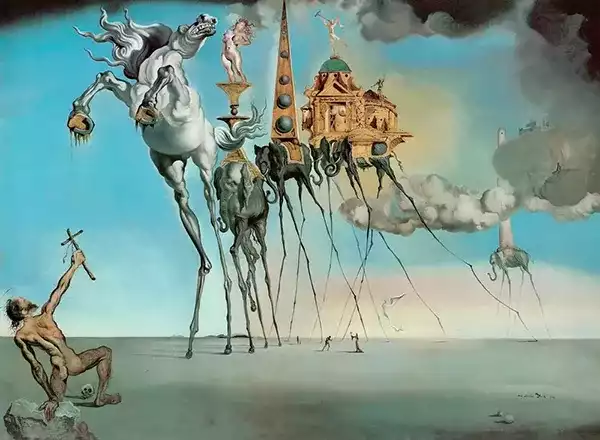
Main artists : Salvador Dali , Joan Miró
5.11. DADAISM
Founded in 1916 in Zurich by young French and German men who, if they had stayed in their respective countries, would have been drafted into military service, Dada was a movement of negation.
Their proposal was that art should be freed from rationalist constraints and be the result of psychic automatism, selecting and combining elements by chance.
The end of Dada as a group activity came around 1921.
5.12. OP ART
The term “op-art” comes from the English(optical art) and means “optical art”.
It seems overly cerebral and systematic, closer to the sciences than the humanities. On the other hand, its possibilities seem as limited as those of science and technology.
5.13. POP ART
Movement, mainly American and British, to describe the products of the popular culture of Western civilisation, especially those from the United States.
They represented the most obtrusive components of popular culture. Pop. Art transformed what was considered vulgar into something more refined and brought art closer to the masses, demystifying art for the few by using their own objects.
5.14. INSTALLATION
These are enlargements of environments that are transformed into room-sized sets. The viewer participates in the work, not just appreciates it.
5.15. INTERFERENCE
Some artists interfere with the landscape, putting up curtains, parasols, wraps in public places…
5.16. COBRA
Art movement from the Netherlands, an acronym for Copenhagen-Brussels-Amsterdam. This painting is gestural, free and violent in its choice of colours and textures.
5.17. FUTURISM
For the Futurists, objects are not exhausted by their apparent contours, and their aspects are constantly interpenetrating, simultaneously or several times in a single space. “The splendour of the world has been enriched by a new beauty: the beauty of speed. A career car is more beautiful than the Victory of Samothrace”.
Futurism is the translation of this research into two-dimensional space. This style seeks to express real movement by capturing the speed described by figures moving through space.
The Futurist artist is not interested in painting a car, but in capturing the speed it describes in space.
5.18. NAIF ART
This is the art of spontaneity, of authentic creativity, of artistic endeavour without training or guidance, and is therefore instinctive. Naïve art is close to, but not the same as, the art of children, the art of the mentally ill, and primitive art.
5.19. METAPHYSICAL PAINTING
Painting should give an impression of mystery. It is inspired by metaphysics, a science that studies everything that manifests itself in a supernatural way.
History of art: Characteristics, aspects and periods
Publicações Relacionadas
The rhythm of Candomblé in Bahia
Best Beaches in Bahia: Your Guide to Paradise
Church and Convent of Santa Clara do Desterro and its History in Salvador
Exploring Capoeira in Salvador: A Martial Art Rich in History
Historic Towns in Bahia: A Journey Through Time
Canudos War - Bahia revived the village of Canudos
South Coast of Bahia: Discover Stunning Beaches
Places to visit on the south coast of Bahia
The Baianas' costume is influenced by African culture
Bahia Tourist Attractions You Cannot Miss
History of Afro-Brazilian Religions: Candomblé and Umbanda
Beaches near Salvador de Bahia that you should visit
Tourist areas in the state of Bahia
History and Origins of Capoeira: Tracing the Roots
This post is also on:
![]() Português
Português ![]() English
English ![]() Deutsch
Deutsch ![]() Español
Español ![]() Français
Français
